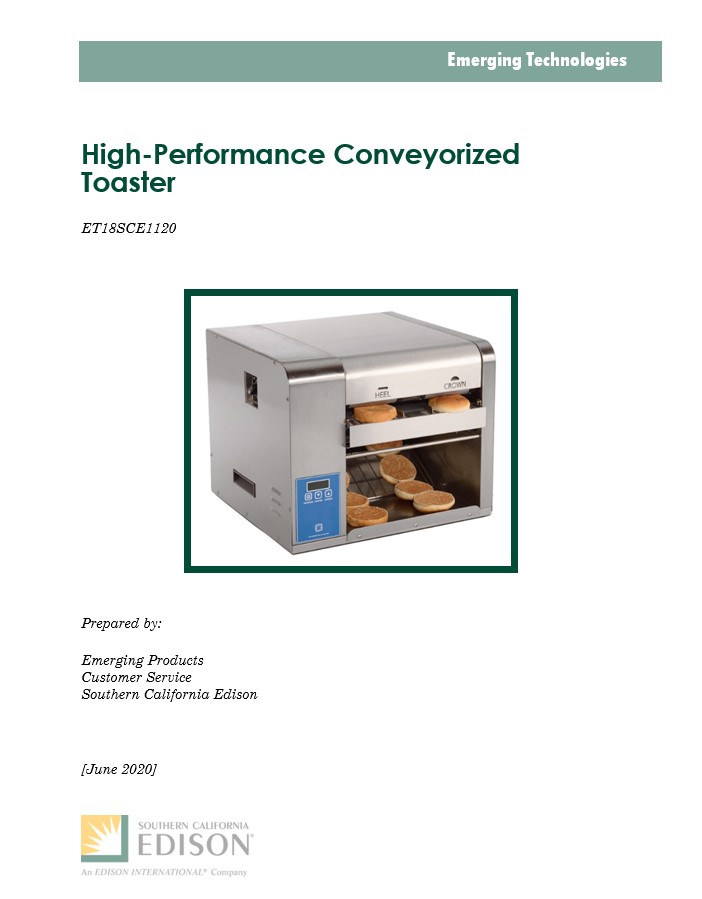Project Info
COMPLETE
 Project Title
Project Title
 Project Title
Project Title
High Performance Conveyorized Toaster
Project Number ET18SCE1120 Organization SCE End-use Cooking Equipment Sector Commercial Project Year(s) 2018 - 2020Description
High performance conveyorized toaster used by fast food restaurants especially. Predicted performance is to reduced energy for toasting buns and english muffins is 2/3 of incumbent technology. Market study, baseline performance and field testing of the high performance units.
Project Report Document
Loading PDF Preview...
